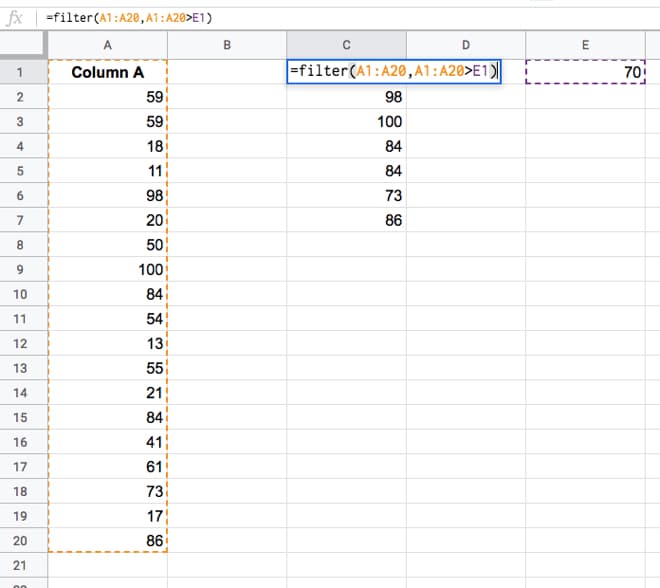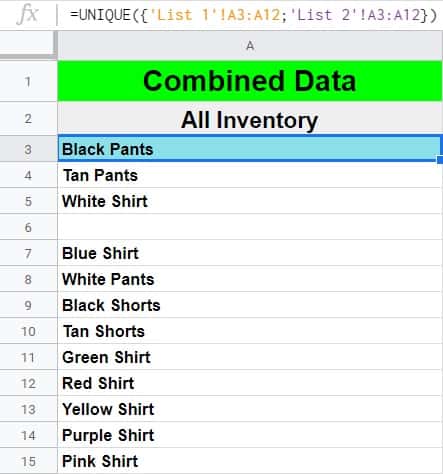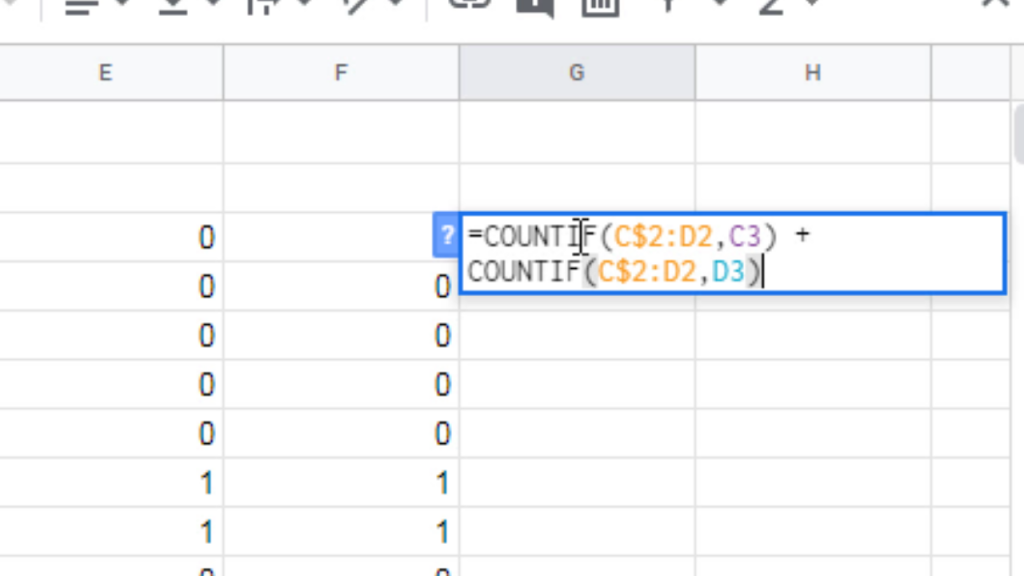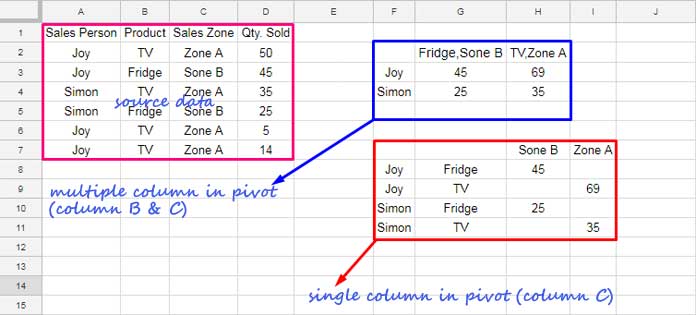Unique Google Sheets Multiple Columns
I will tell you how to use countif with unique in google sheets as above. This works well for column specific data however you have multiple columns and rows of data that needs to be summarized this wont work.

How To Insert Multiple Rows Or Columns In Google Sheets Youtube
The above formula clubs two arrays by using curly brackets.

Unique google sheets multiple columns. Google sheets has a unique function which when given a column of values will output a column of all unique values. You can use it to apply the unique in selected columns in google sheets. That is because google sheets returns as many columns as that of the input range.
In our book example ive just looked at the name of the book but in fact these books come in different levels and quite often i need to know how many of a specific book and level we have. Returns unique rows in the provided source range discarding duplicates. If we want to compare the columns and make a note of any differences we can use a formula.
With the unique function its not possible. Rows are returned in the order in which they first appear in the source range. This is because if you include a 2 dimensional range into unique the end results are two dimensional with only each column being summarized.
Lets say that we have two columns of data column a and column b. Compare two columns in google sheets one simple approach to comparing columns in sheets is to use a formula. Sample usage uniquea2b26 unique1 2.
Its just like a group by feature without any aggregation. If your source range is listed in a row instead of a column google sheets unique will return the data in a row as well. They are uniquea2a8 and arrayformulacountifa2a8uniquea2a8 while the first part of the formula which is unique returns the unique text from column a.
For example in a two column dataset you can apply the unique in the first column retaining the second column with the output. Unique can in fact look across multiple columns. Just like before the unique formula returns the distinct values starting from cell c2.
Well notice the output values not only have flown downwards but also extended one column to the right. If you change the range to include two adjacent rows or columns the unique function will return values that are unique between the selected columns.

Learn To Use The Powerful Google Sheets Filter Function

5 Formulas That Combine Columns In Google Sheets

Google Sheet Transform Two Columns Into One Column Using

How To Create Multiple Columns In Google Docs

In Google Sheets How To Compare Two Columns For Duplicates Blog
Google Sheets Function Cascading Joe C Eaton Consulting

Google Sheets Function To Combine Cells In A Column Into Two

How To Pivot Multiple Columns In Query In Google Sheets

Compare Columns Or Sheets For Duplicates In Google Sheets
